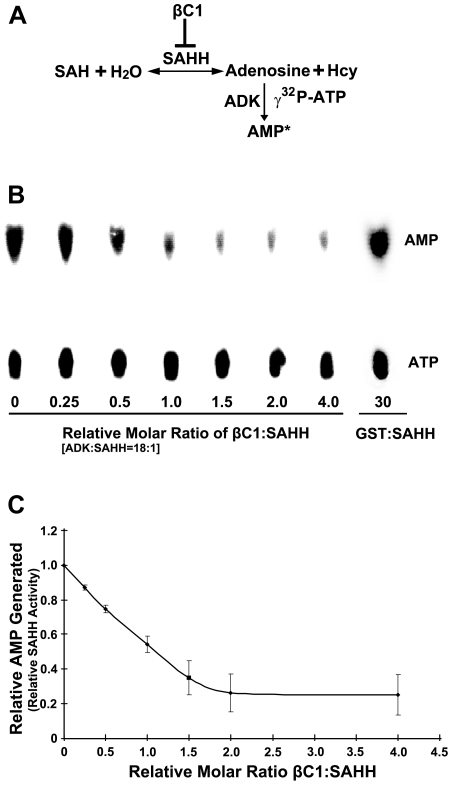Figure 7. βC1 inhibits SAHH activity in vitro.
(A) Diagram of the assay. In a reversible reaction, S-adenosyl homocysteine (SAH) is hydrolyzed by SAHH to adenosine and homocysteine (Hcy). Conversion of adenosine to labeled adenosine monophosphate (AMP*) by ADK in the presence of labeled γ32P-ATP drives the reaction in the direction of hydrolysis and allows indirect quantitation of the SAHH reaction. SAH hydrolysis promotes flux through the methyl cycle and SAM production, and this is inhibited by βC1 protein. (B) Autoradiograph of a representative chromatogram showing AMP generated by ADK in reactions containing varying molar ratios of βC1 to SAHH. The positions of labeled AMP product and ATP substrate are indicated. ADK activity (AMP/AMP+ATP) in each reaction was calculated after phosphorimager quantitation of radioactivity in individual spots. GST:SAHH (30∶1) served as a control. (C) Stoichiometry of inhibition. The graph illustrates relative ADK activity, an indirect measure of SAHH activity, with increasing βC1:SAHH molar ratio. Data were obtained from three independent experiments with two independent SAHH preparations. Values represent means +/− SE.

